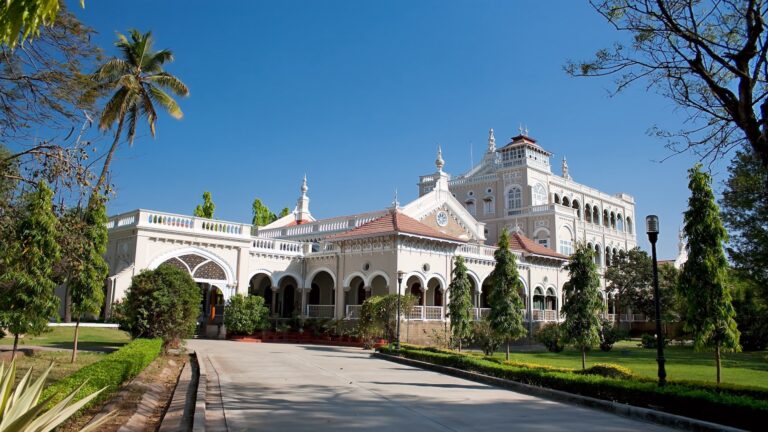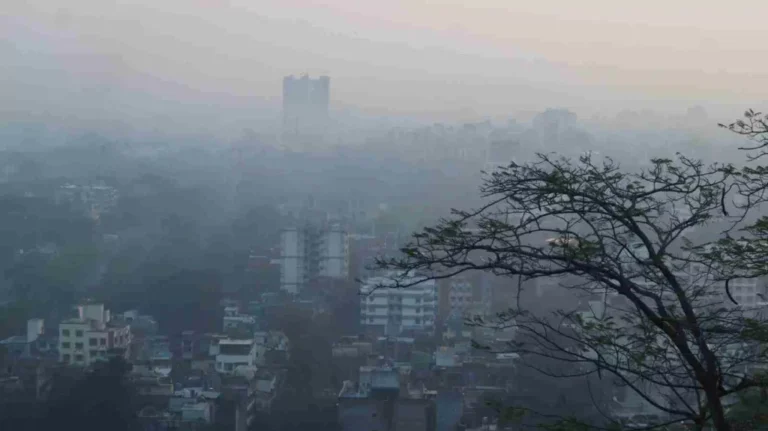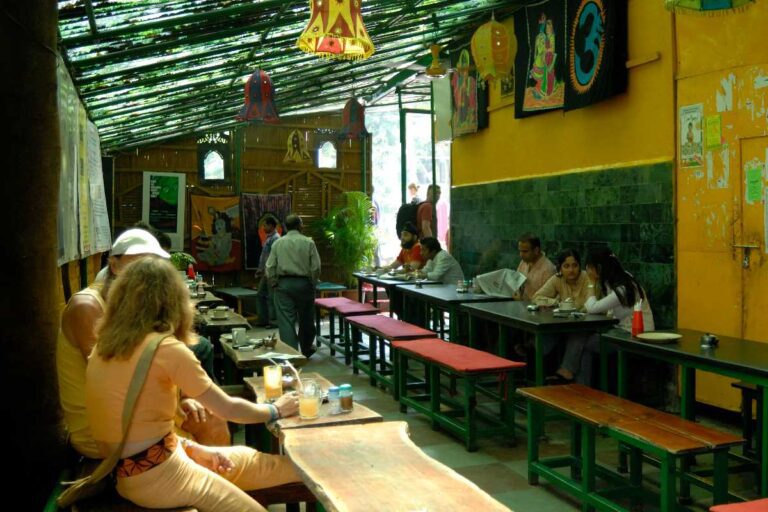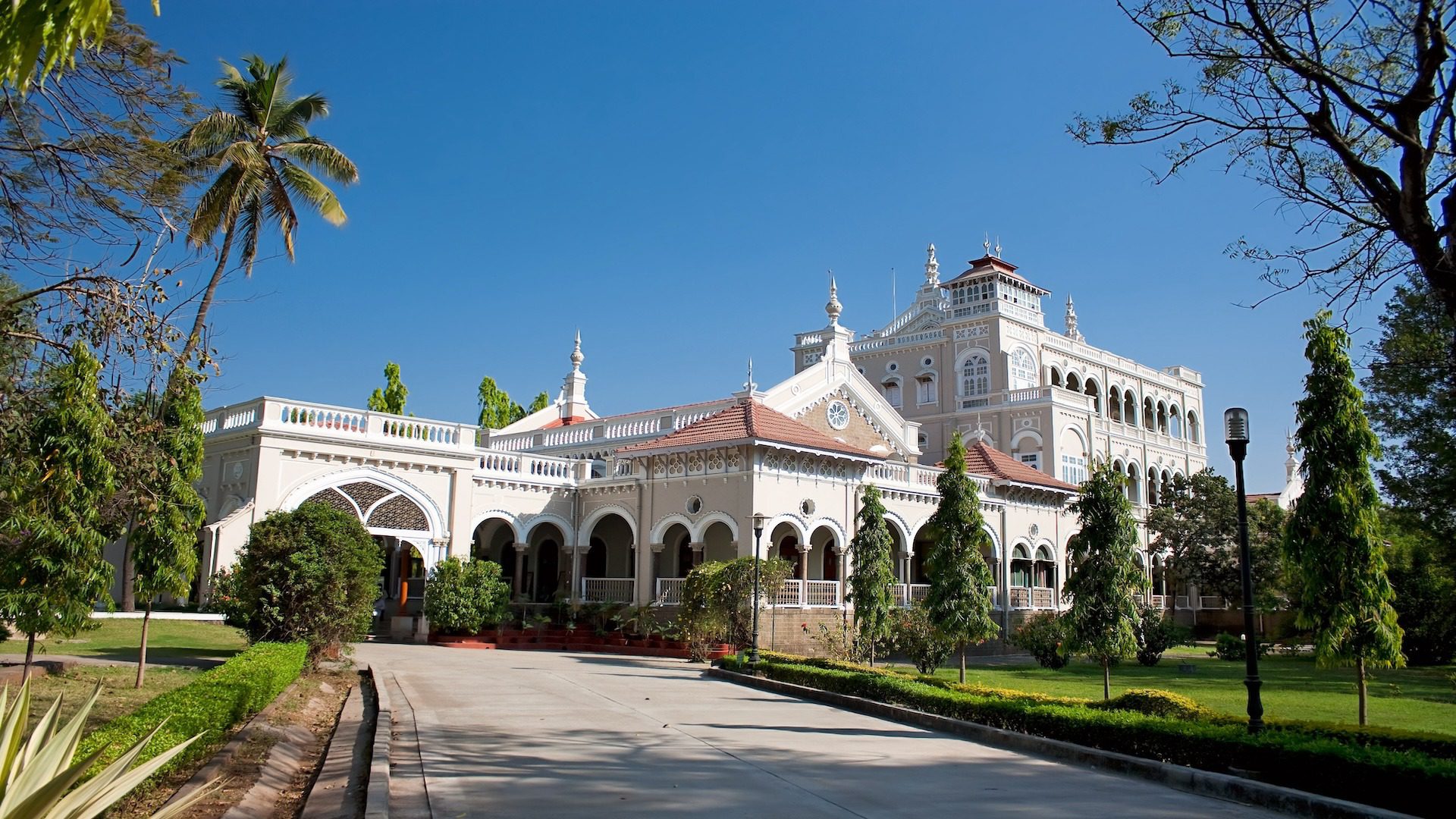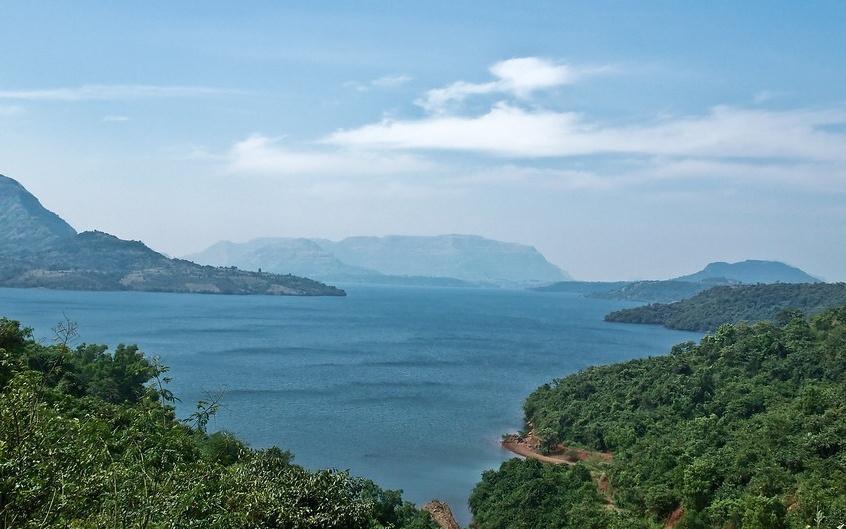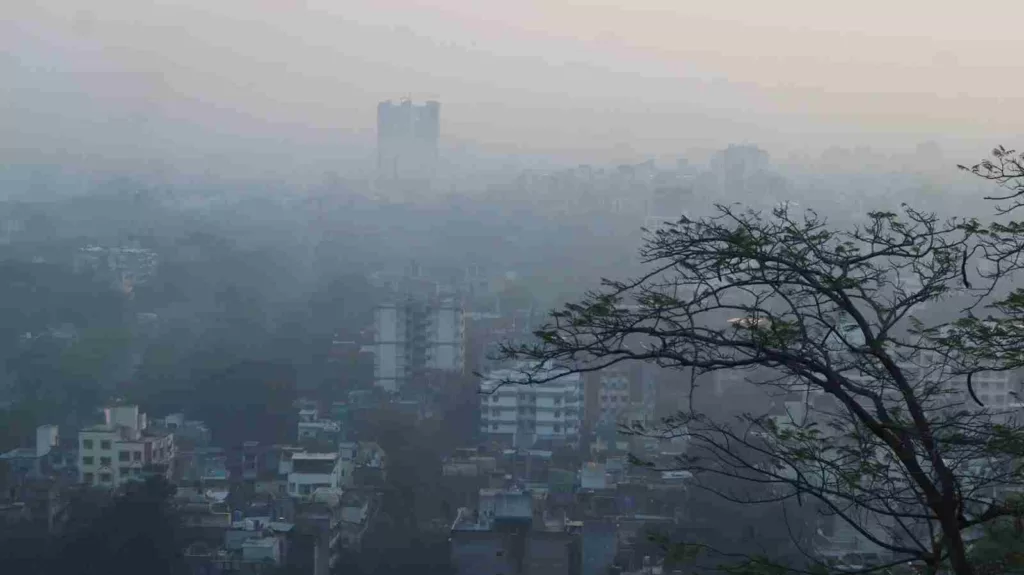Kochi contemporary art has transformed into one of India’s most vibrant centers for contemporary art. This metamorphosis is largely attributed to the inception of the Kochi-Muziris Biennale (KMB), which has redefined the city’s cultural landscape and positioned it as a global art destination. Kochi had justified that it is a contemporary art capital of India. Here are the lookout below.
The Genesis of the Kochi-Muziris Biennale

The idea for the Kochi-Muziris Biennale was conceived in 2010 when the Kerala government’s Department of Cultural Affairs approached artists Riyas Komu and Bose Krishnamachari to establish an international art exhibition in the state. Drawing inspiration from global biennales like Venice, the duo envisioned a platform that would not only showcase contemporary art but also engage the local community in meaningful ways.
Launched in December 2012, the inaugural KMB featured 80 artists, with nearly half being international participants. The exhibition was held across various heritage sites in Kochi, including Aspinwall House, Pepper House, and Durbar Hall, integrating art into the city’s rich historical fabric.
Integration of Local Heritage
One of the unique aspects of the KMB is its integration of Kochi’s local heritage into the art experience. The city’s colonial architecture, historic warehouses, and bustling streets serve as unconventional galleries, providing artists with diverse spaces to exhibit their work. This fusion of contemporary art with historical settings creates a dialogue between the past and the present, enriching the viewer’s experience.
Moreover, the Biennale has made concerted efforts to involve the local community. Initiatives like the Students’ Biennale and Art By Children encourage young minds to engage with art, fostering a culture of creativity and expression among the youth.
Back in
2023, the time of our visit, the 16th-century temple was the primary reason travelers went to that part of town. The Jewish community that worshipped there had largely emigrated or passed on, their homes turned into tchotchke shops for tourists or, in many cases, abandoned. Hence the skepticism.

But this street was also the location of a new draw: Mandalay Hall, a boutique hotel (now a member of the Postcard group) created out of the 200-year-old shell of a landmarked family home. Designed by star Kochi architect Tony Joseph, each of its five rooms had been conceived as artists’ showcases with site-specific installations curated by Bose Krishnamachari — a founder of the Kochi-Muziris Biennale, Asia’s largest contemporary art festival. We had heard the hotel was revealing of a broader trend: determined residents were using art and design to update the way visitors experience Kochi.
Halfway up Synagogue Lane a doorway led us into a sanctuary of clean lines and minimalist design. My room at Mandalay Hall was hung with pieces by artist Jigesh Kumar, including a frame containing a sandy Coke bottle that appeared to have been excavated from the desert. (An attached note asked: “Is it an archaeological object or a contemporary work built by hand?”) Waking up the next morning, bathing, then working on my laptop, I felt like an element of the artwork.
“Prior to this, Mandalay Hall was a venue for art events,” explained Pallavi Kainady, who managed the property at the time. “So we decided to keep that going. Art is, after all, a facet of the new Kochi.”
Many arts operations that were open then have since become fixtures in the community, including galleries such as Kashi, David Hall, and Gallery OED, and collectives like Via Kerala, which riffs on local cultural motifs and turns them into modern souvenirs. Contemporary designers like Sreejith Jeevan — who co-creates his Origins in Kerala line of shift dresses, caftans, and jackets with local weavers — were giving the scene a breath of fresh air.
And art had already become part of the guest experience at many hotels, like Kayal Island Retreat, an atmospheric four-cottage property in a former artists’ residency. Owner Maneesha Panicker, who also runs the experiential tour company Silk Route Escapes, hosts dance performances by the state’s only all-female kathakali troupe and takes visitors to meet Malayali rowboat makers, who still chisel the vessels by hand.
The pandemic predictably put the spoke in this transformative wheel, but it hasn’t stopped it. All of the venues we visited have reopened, and February 2021 saw the debut of the Ernakulam District Heritage Museum, which is housed in a structure that was once the seat of three imperial powers: Portugal, Britain, and the Netherlands. It chronicles the dozens of ethnic communities that have called Kochi home — a history visitors can literally sample at Brunton Boatyard, a restaurant in a hotel where several cuisines come together in one thali.
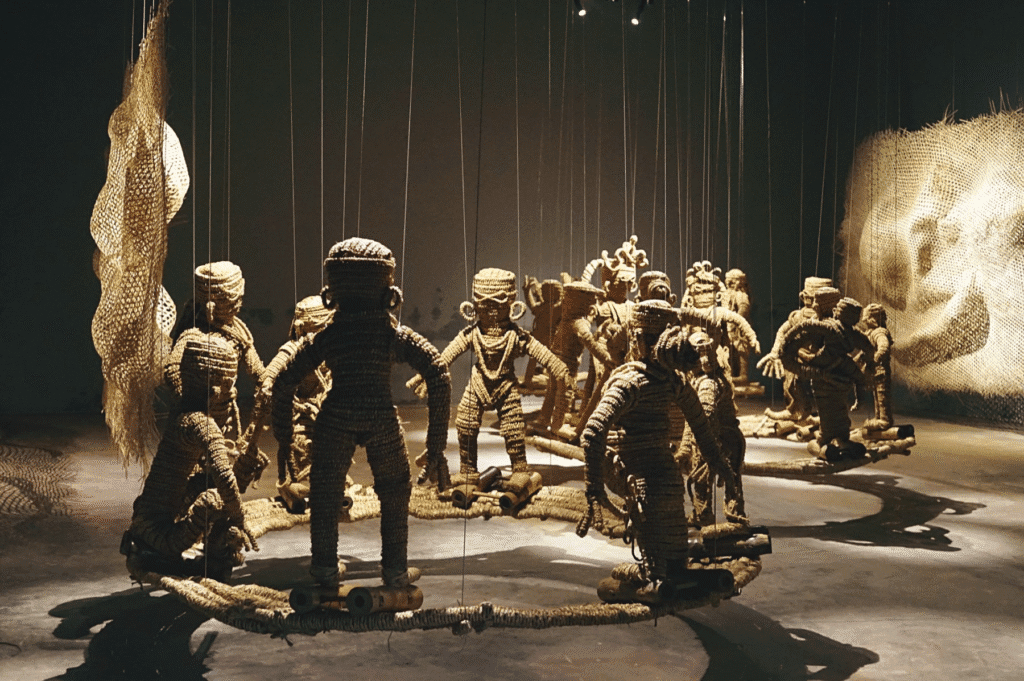
And this past December, under the aegis of the Biennale, nearly a dozen galleries and museums pooled resources to organize the first Kochi Art Week: an attempt, as Bose Krishnamachari put it, to “activate both artists and audiences in the post-pandemic landscape.” The main venue was Pepper House, a 16,000-square-foot dockside warehouse transformed by its owners, Tinky Mathew and Issac Alexander, into a mixed-use gallery, design store, library, café, and studio. So successful was the event that Art Week will now be a permanent fixture on Kochi’s cultural calendar.
“Through the past two years, locals and domestic tourists have kept us going,” notes Aditi Nayar-Zacharias, director of the Kerala Museum, which showed off a significant collection from renowned painter Raja Ravi Varma to Art Week visitors. “I can only hope that the support continues as international visitors return.”
Also Read: 7 Things to do in India
Looking Ahead
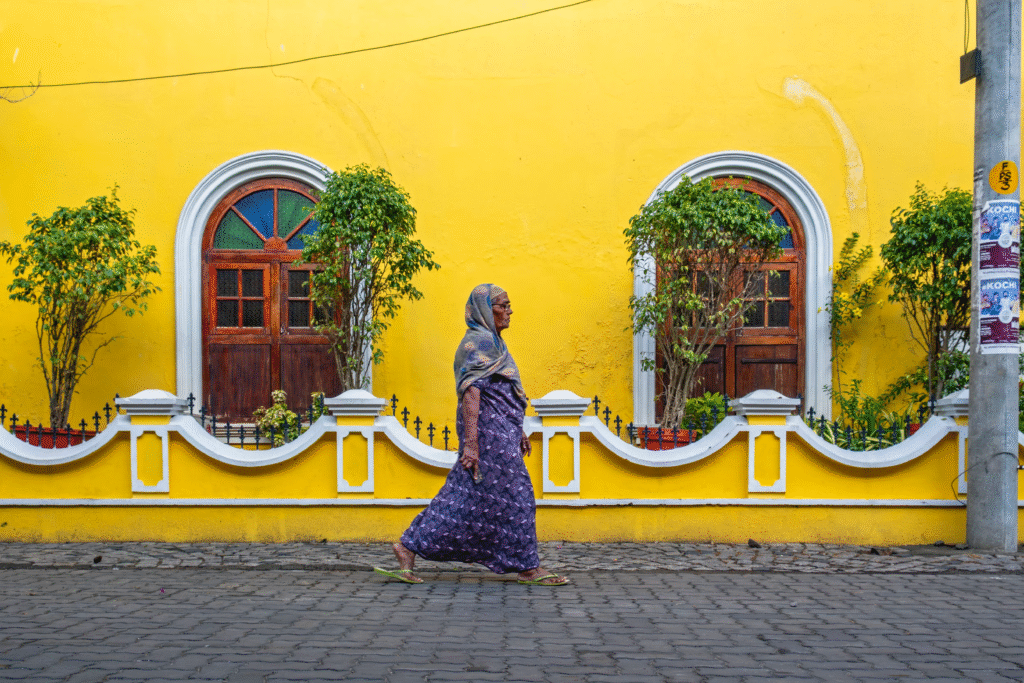
As the Kochi-Muziris Biennale prepares for its sixth edition in December 2025, titled “For the Time Being,” curated by Nikhil Chopra, the event aims to further its mission of redefining the biennale format. This edition promises to be a dynamic, evolving ecosystem of art, moving beyond static exhibitions to embrace living art-making processes.
The continued success of the Kochi-Muziris Biennale underscores the city’s transformation into a contemporary art capital. Through its commitment to artistic innovation, community engagement, and cultural preservation, Kochi has firmly established itself as a beacon of contemporary art in India and beyond.


